Ancho Red: The Smoky Sweetness You Didn’t Know Your Kitchen Was Missing
Ever taken a bite of something and thought, 'Wow, that has such a rich, complex flavor'? Chances are, you might have just encountered ancho red. This deep-red dried poblano pepper is a staple in Mexican cuisine, known for its unique balance of mild heat and sweet, earthy depth. But it's more than just a background spice — it's a versatile powerhouse that deserves a permanent spot in your pantry.
Table of Contents
- What Exactly Is Ancho Red?
- Flavor Profile: Smoky, Sweet, and Subtle Heat
- Top 5 Cooking Tips Using Ancho Red
- Ancho vs. Other Dried Peppers: A Comparison Table
- Buying Guide: How to Choose the Best Ancho Red Peppers
- Delicious Recipes Featuring Ancho Red
- Storage & Shelf Life: Keep That Flavor Fresh
- Final Thoughts
What Exactly Is Ancho Red?
The name "ancho" comes from the Spanish word for “wide,” which makes sense when you look at this pepper’s broad, flat shape. It’s simply a dried version of the green poblano chili. Once harvested and left to ripen until it turns a deep red, the poblano is then sun-dried and becomes what we know as ancho red.
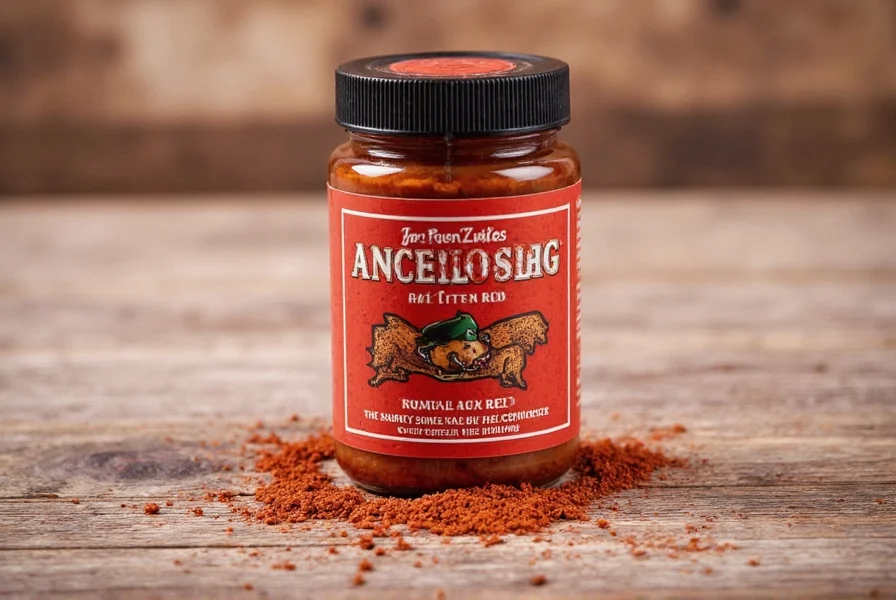
Because it starts life as a ripe poblano, the ancho red brings with it a natural sweetness and a more developed flavor profile than its younger, greener sibling. Unlike many other chilies, anchos aren’t aggressively hot — they fall around 1,000–2,000 on the Scoville scale, making them accessible even to those who aren't fans of intense spiciness.
Flavor Profile: Smoky, Sweet, and Subtle Heat
If you could describe ancho red in one sentence, it would be: mild heat meets deep, smoky sweetness with hints of chocolate and coffee. These characteristics make anchos incredibly versatile — especially in sauces, stews, and rubs.
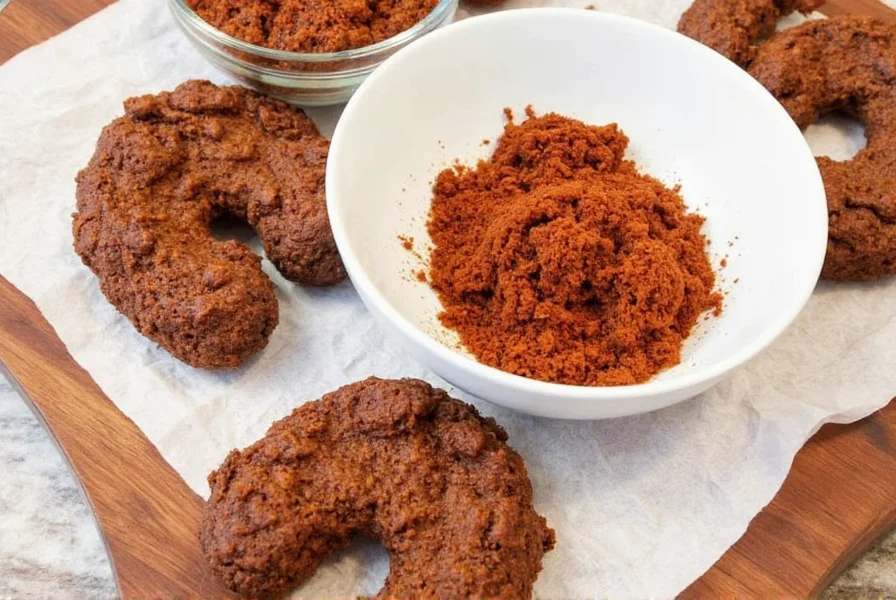
Here’s a breakdown of the flavor notes you can expect:
- Smokiness: Mild but distinct, especially when toasted before use
- Sweetness: Natural sugars become more pronounced after drying
- Bitter Earthiness: Adds complexity without overpowering
- Mild Heat: Just enough to notice, not enough to shock
Think of it like the velvet jacket of spices — it adds warmth and texture without being too bold.
Top 5 Cooking Tips Using Ancho Red
Whether you're using whole peppers or ground powder, here are five smart ways to make the most out of your ancho red stash:
- Toasting Brings Out Flavor
Toasting the dried peppers in a dry pan or oven intensifies their aroma and mellows any bitterness. Be careful not to burn them! - Soak Before Use
If you're working with whole peppers (especially for sauces), soak them in hot water for 20–30 minutes until soft. This makes blending easier and ensures smoother results. - Mix With Complementary Spices
Ancho plays well with garlic, cumin, oregano, cinnamon, and even a touch of cocoa. Try blending it into your next taco seasoning mix. - Use in Meat Rubs
Its subtle heat and smoky richness make ancho a perfect base for dry rubs on pork, chicken, or ribs. Combine with smoked paprika and brown sugar for a balanced barbecue blend. - Add Depth to Desserts
You read that right! A pinch of ancho powder in chocolate cake or mole ice cream can add an intriguing complexity that’ll surprise your guests — in a good way.
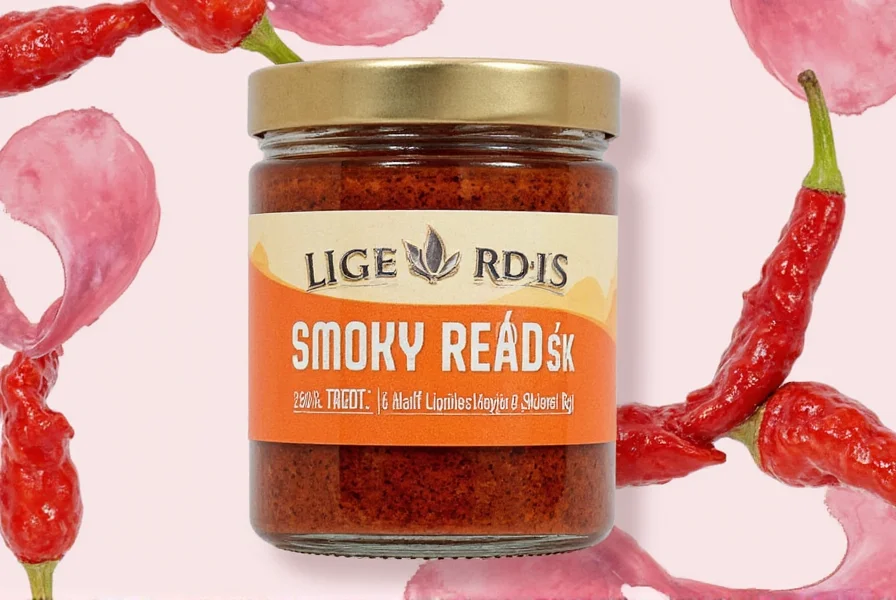
Ancho vs. Other Dried Peppers: A Comparison Table
If you're new to the world of dried chilies, choosing the right one can feel overwhelming. Here’s how ancho stacks up against some common varieties:
| Chili Type | Heat Level (Scoville) | Flavor Notes | Best Uses |
|---|---|---|---|
| Ancho Red | 1,000–2,000 | Smoky, sweet, earthy | Mole sauces, soups, stews, meat rubs |
| Guajillo | 2,500–5,000 | Bright, tangy, berry-like | Salsas, marinades, tacos al pastor |
| Pasilla | 2,500–4,000 | Fruity, raisin-like, slightly bitter | Mole, braised meats, chili relleno |
| Chipotle | 5,000–10,000 | Strongly smoky, spicy | BBQ sauces, dips, smoked dishes |
| Morita | 5,000–10,000 | Smoky, tart, similar to chipotle | Sauces, salsas, grilled meats |
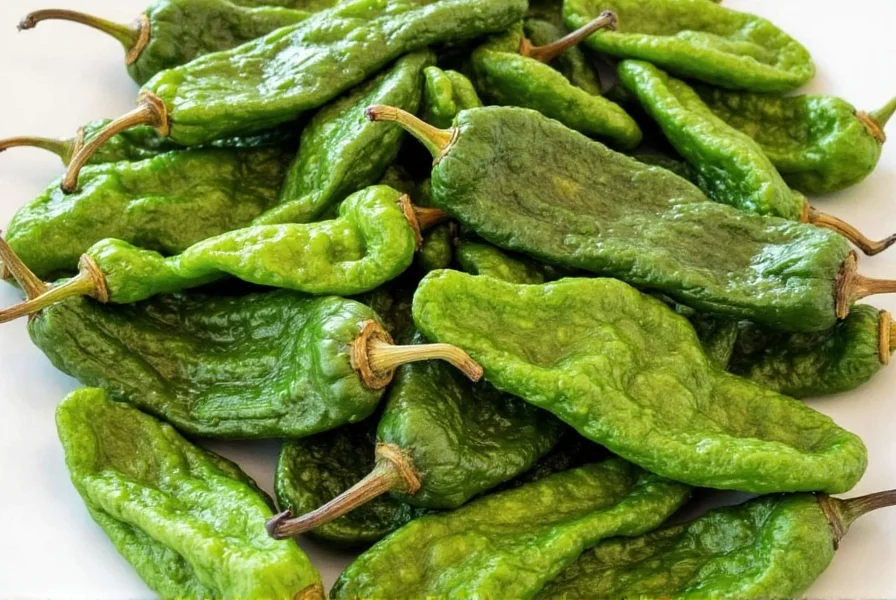
Buying Guide: How to Choose the Best Ancho Red Peppers
Shopping for ancho red can be a little tricky if you don’t know what to look for. Here’s a handy guide to help you pick the best quality product, whether you’re buying whole peppers or powdered versions.
Whole Peppers
- Look for deep, rich red color – Avoid dull or faded ones, which indicate old age.
- Check for pliability – Good anchos should bend slightly, not crumble.
- Avoid overly brittle or cracked skins – These may be too dry to rehydrate properly.
- Smell test – Should have a warm, slightly sweet aroma, not moldy or musty.
Ancho Powder
- Color consistency – Bright, deep red, not brownish (which indicates oxidation).
- Texture – Fine and uniform; avoid gritty or clumpy powder.
- Brand transparency – Look for products that list only “ancho pepper” as the ingredient (no fillers or additives).
Recommended Products
| Product Name | Features | Best For | Price Range |
|---|---|---|---|
| La Costeña Whole Ancho Peppers | Natural drying process, no preservatives | Cooking sauces and stews | $6–$8 per 10 oz bag |
| Goya Ground Ancho | Consistent texture, widely available | Dry rubs and baking | $4–$5 per 2 oz jar |
| Hatch Pure Ancho Chili Powder | Non-GMO, organic certified | Health-conscious cooking | $7–$9 per 3 oz bottle |
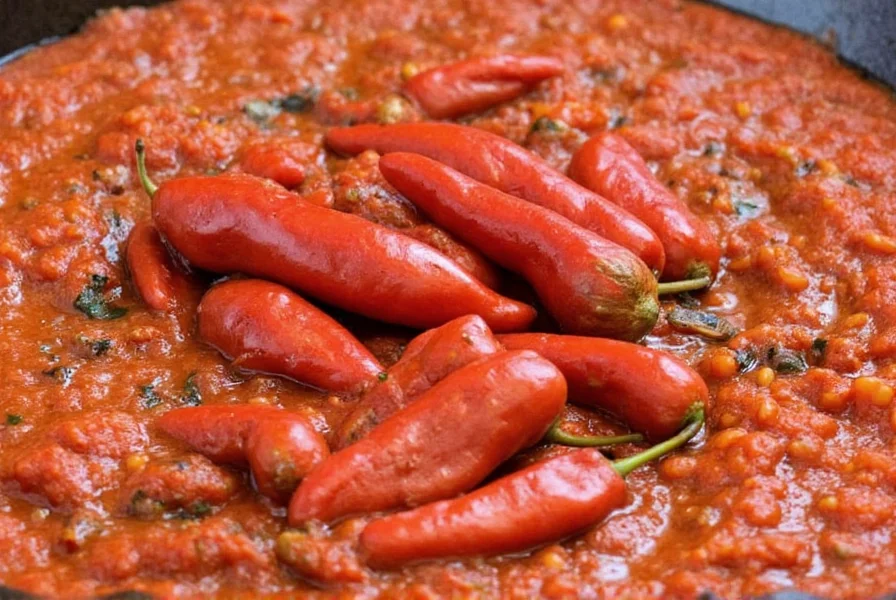
Delicious Recipes Featuring Ancho Red
Ready to start cooking with ancho red? Here are three recipes that will showcase its flavor beautifully:
1. Smoky Ancho Chicken Tacos
- Ingredients: Boneless chicken thighs, ancho powder, garlic, olive oil, cumin, lime juice
- Method: Mix ancho powder with other spices, rub onto chicken, roast or grill, then shred and serve with warm tortillas.
2. Classic Mole Poblano
- Ingredients: Ancho, pasilla, almonds, raisins, tomatoes, cinnamon, chocolate, broth
- Method: Toast and soak chilies, blend with roasted nuts and fruits, simmer with spices, and finish with dark chocolate.

3. Ancho-Spiced Chocolate Brownies
- Ingredients: Dark chocolate, butter, sugar, flour, cocoa powder, a pinch of ancho powder
- Method: Sift ancho into dry ingredients, mix with melted chocolate, bake until fudgy.
Storage & Shelf Life: Keep That Flavor Fresh
Proper storage ensures your ancho red retains its rich flavor and color. Here’s how to keep it fresh:
- Whole Peppers: Store in an airtight container in a cool, dark place. Last up to a year.
- Ground Powder: Keep in a sealed jar away from light and moisture. Best within 6 months.
- Refrigeration: Optional for longer shelf life, especially in humid climates.
- Freezing: Can extend shelf life up to two years, though texture may change slightly.
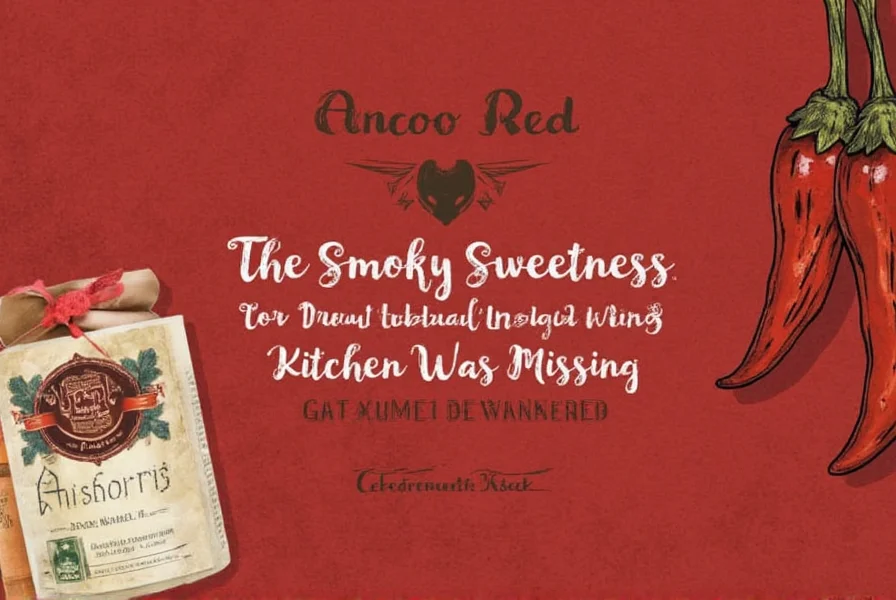
Final Thoughts
Ancho red is more than just a dried pepper — it's a culinary chameleon that blends into both savory and sweet dishes with elegance and flair. Whether you're simmering a traditional mole or giving your brownie batter a secret kick, this spice is a must-have in any serious kitchen.
So next time you're reaching for chili powder, pause and grab an ancho instead. Your taste buds — and your guests — will thank you.
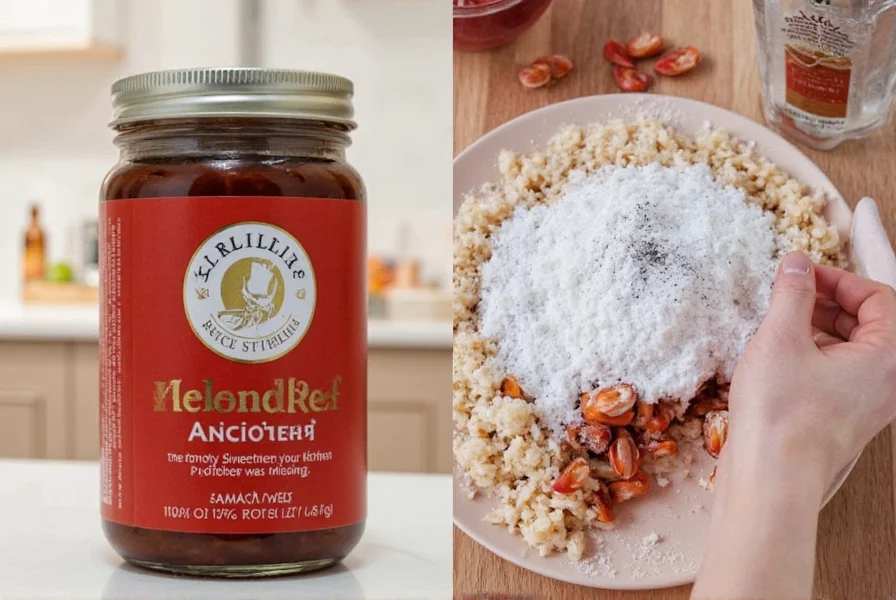










 浙公网安备
33010002000092号
浙公网安备
33010002000092号 浙B2-20120091-4
浙B2-20120091-4